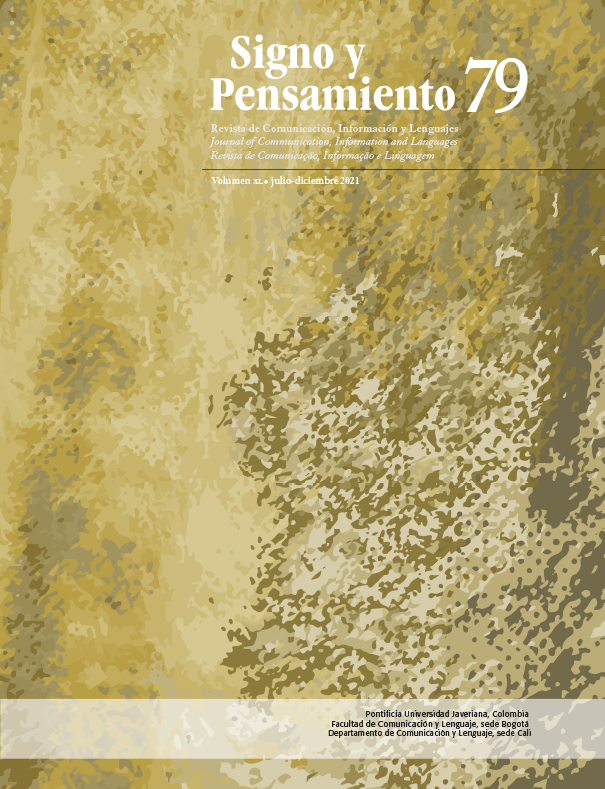Sara Gómez: dramaturgia de la alteridad en el cine documental cubano de 1960
##plugins.themes.bootstrap3.article.details##
The 1960s were the scene of the most transcendent documentary cinema that has been produced in Cuba. In a cinematography led by men, the name of an only woman director stands out, Sara Gómez, whose sensitivity allowed her to represent, from a singular use of filmic language, the social otherness of her time. This paper intends to understand the dramaturgical strategies used by this author to approach the subaltern subject in Cuba after the triumph of 1959. Focused on the study of the documentaries Guanabacoa, chronicle of my family (1966) and On the other island ( 1968), the analysis uses the review of theoretical proposals on otherness in and dramaturgy of the documentary.
Sara Gómez, cine cubano, alteridad, documental, dramaturgiaSara Gomez, Cuban cinema, otherness, documentary film, dramaturgySara Gómez, cinema cubano, alteridade, documentário, dramaturgia
Castro, F. (2007). Palabras a los intelectuales. Ediciones Abril.
Colmenares, Y. (2004). La otredad clausurada: prácticas escolares para la mismidad. Heterotopía, 9(27), 45-59. https://biblat.unam.mx/es/revista/heterotopia/4
Curran, S. (2007). Documentary storytelling. Making stronger and more dramatic non-fiction films. Focal Press.
Das, T. (2007). How to write a documentary script? Public service Broadcasting Trust.
Fernández, G. (2007). Dramaturgia. Método para escribir o analizar un guion dramatizado. Editorial Pablo de la Torriente Brau.
González Silva, F. (2009). Alteridad y su itinerario desde las perspectivas multidisciplinares. Reflexiones, 88(1), 119-135. https://www.redalyc.org/comocitar.oa?id=72912559009
Guevara, E. (2011). El socialismo y el hombre en Cuba. Ocean Sur.
Hall, S. (2003). ¿Quién necesita “identidad”? En S. Hall, & P. Du Gay (Comps.), Cuestiones de identidad cultural (pp. 13-39). Amorrortu.
Krotz, E. (1994). Alteridad y pregunta antropológica. Revista Alteridades, 4(8), 5-11. https://www.redalyc.org/pdf/747/74711353001.pdf
Luchetti, M. F. (2009). La alteridad como configuradora de la identidad. Facultad de Ciencias Sociales, Universidad de Buenos Aires.
Mamblona, R. (2012). Las nuevas subjetividades en el cine documental contemporáneo. Análisis de los factores influyentes en la expansión del cine de lo real en la era digital. Universidad Internacional de Cataluña.
Nichols, B. (1991). La representación de la realidad. Cuestiones y conceptos sobre documental. Indiana University Press.
Plantinga, C. (1997). Rhetoric and representation in nonfiction film. Cambridge University Press.
Stein, E. (2004). Sobre el problema de la empatía. Trotta.
Yero, O. (2017). Sara Gómez un cine diferente. Ediciones ICAIC.

This work is licensed under a Creative Commons Attribution 4.0 International License.


